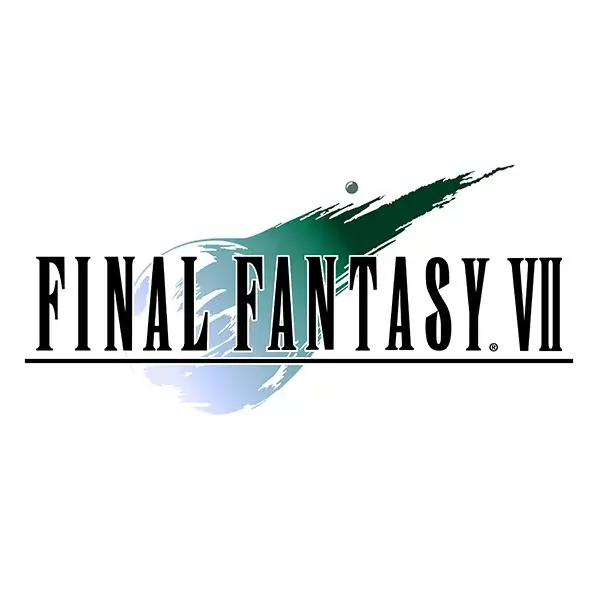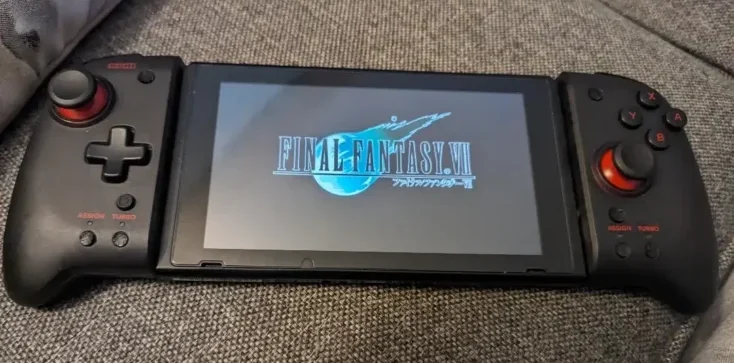
27 years in the making. After several failed attempts, including it being too difficult to finish as a child, and a lack of time as an adult, I finally finished the original Final Fantasy VII, which was released in the UK in 1997, thanks to being able to play on the go on the Nintendo Switch. Here are my thoughts on one of the biggest RPGs ever released, along with how gaming habits have changed.
Way Ahead of Its Time
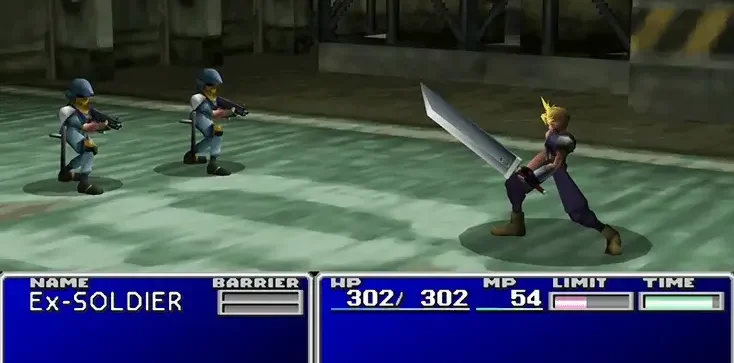
From the very first scene of Midgar, you get the feeling that something special was in store. As the camera zooms into one of its many sectors, to reveal a train coming to a halt, with the main protagonist, Cloud, along with others, departing the train and jumping straight into battle. It gave players a great first impression that something epic was in store, and the stunning soundtrack further added to the experience.
Several hours and epic encounters later, as you continue to discover each sectors of Midgar, it’s a setting you believe to be in for the whole game, only for the game to pull the rug from under your feet, as you leave the city of Midgar and discover a whole new world to uncover. Something that was truly groundbreaking and felt very ahead of its time, as other games at the time, such as Tomb Raider II and GoldenEye, offered a much more linear experience in comparison.
It’s one of those iconic gaming moments that is unlikely to ever be replicated. The fact that the remakes are split into at least 3 standalone games shows how large this open world and its story are.
Open World Was Poorly Designed and Hard to Navigate

An open world game on the scale of Final Fantasy VII was truly groundbreaking and ahead of its time back in 1997. This is evident as, although the world of Gaia features many memorable locations, from the charming coastal resort of Costa del Sol to the towering Gold Saucer amusement park, traveling back and forth between them was a difficult task, due to its many forms of transportation, including a chocobo, a vehicle to traverse the desert, a gunned-down plane that is only capable of traversing shallow waters, an airship, and a submarine.
The final third of the game required a lot of revisiting locations, and having all these modes of transportation, along with a small map that doesn’t highlight your vehicles or your destination, led to a frustrating experience. On top of this, the world also had many empty, dead-end locations, resulting in wasted time for the player. Looking back, the makers might have been wiser to design a smaller world for a better player experience.
Difficult Due to Poor Tutorials
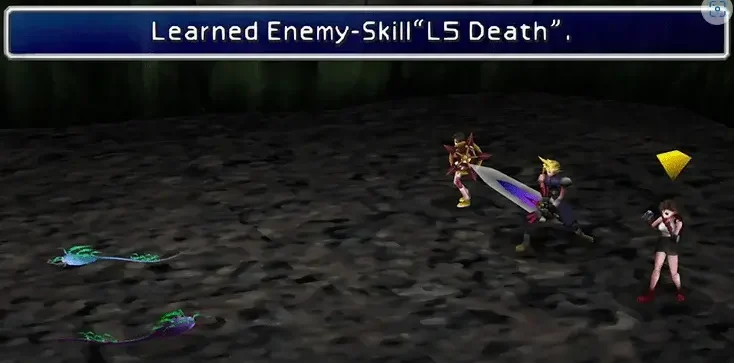
A complicated map to navigate through wasn’t the only challenge. Final Fantasy VII has great turn-based combat, with its cool limit-breaks, a large variety of useful materia, and spectacular summons, but some of its mechanics were often overlooked, which would have helped make combat easier if more tutorials were included.
The enemy skill materia is one great example. It is an extremely useful materia to have in battle, as learning the skills of certain enemies, such as White Wind and Big Guard, made difficult boss encounters much more manageable.
Hand-holding in video games was very limited back then, which, although frustrating, did encourage more experimentation. The lack of hand-holding back then is further evident when you see the Final Fantasy Rebirth using obvious hints such as yellow paint to help with navigating areas, which to some is considered too much hand-holding.
Cloud Was a Lacklustre Lead Character

Memorable locations, a great story, and addictive gameplay all contribute to a quality game. However, having an unlikeable main protagonist can be enough to repel some players, even with all the previously mentioned elements, which in this case, might actually be true.
Final Fantasy VII has many memorable characters, including one of the best villains in all of gaming, Sephiroth. The main protagonist, Cloud, however, isn’t that memorable outside of his sword.
His spiky blond hair appearance, along with a cocky attitude right from the start, give him a spoiled child personality, and being a mercenary that only helps Avalanche and others when money is involved gives him obnoxious characteristics. His all-purple attire also looks ugly in comparison to other party members, resulting in a generic-looking character that, if it weren’t for other party members, could easily deter players from playing.
Best Side Characters / Party in Any Game
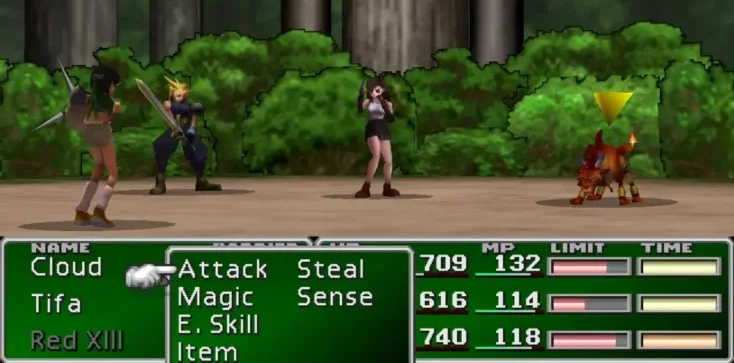
While Cloud may lack in some areas, others excel. Final Fantasy VII features a quality cast of supporting characters that accompany Cloud on his journey, each with their own personality and charm.
From an innocent flower peddler to a spy robot cat, these characters add depth and richness to the game’s world. Having 7 playable characters and 2 optional characters also added to the already impressive scale of Final Fantasy VII.
It’s a shame that the turn-based combat only allowed for 3 playable characters, as many discussions over the years involved deciding whether you were team Aeris or team Tifa, and which are the best 2 supporting characters to accompany Cloud into battle, including picking between a gun-armed eco-terrorist, a foul-mouthed rocket scientist, and a lab rat dog.
The 3x Speed Shows How Impatient We Are These Days
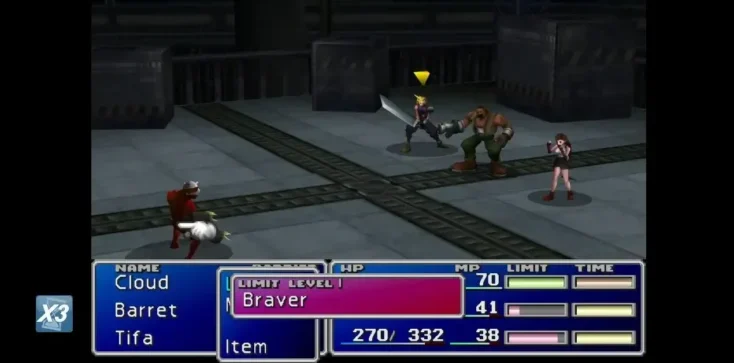
One of the benefits of playing Final Fantasy VII on the Switch was the use of 3x speed, a new feature added when Final Fantasy VII re-released on later PlayStation consoles. This feature allowed players to speed up gameplay by 3 times, making traversing the world and battling much quicker.
Additional features such as switching off random enemy encounters and having unlimited limit-breaks also made the game a quicker and easier journey, which shows that players back then were much more patient and that games back then were much tougher. This leads to the conclusion that the definition of toughness in today’s games involves grinding time-consuming side content and collectables, instead of challenging gameplay, which is a shame.
A Satisfying Ending Unlikely to be Matched by the Remake
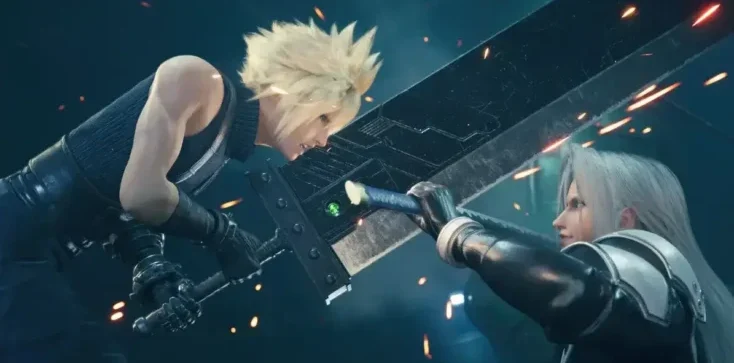
The final boss fight in Final Fantasy VII against Sephiroth felt tough but fair, and concluded the journey with a satisfying ending that is hard to improve on. This adds to the worry of the remake failing to match the ending of the original.
Final Fantasy Remake, while a fantastic game, in its closing moments, added an additional boss fight with Sephiroth for a more climactic ending. This diverted from staying true to the plot of the original and lessened the mystique of Sephiroth in the process, who doesn’t feature until later on in the original, after players leave Midgar.
Fast forward to Final Fantasy Rebirth, and you have what is reviewed as a fumbled, messy ending. This adds to the fact that games these days focus more on quantity over quality.
With the next installment likely being the last, I can’t see it ending as well as the original following the endings of the first two instalments. This will be a big shame, although it will further showcase how special the original truly is
Final Thoughts
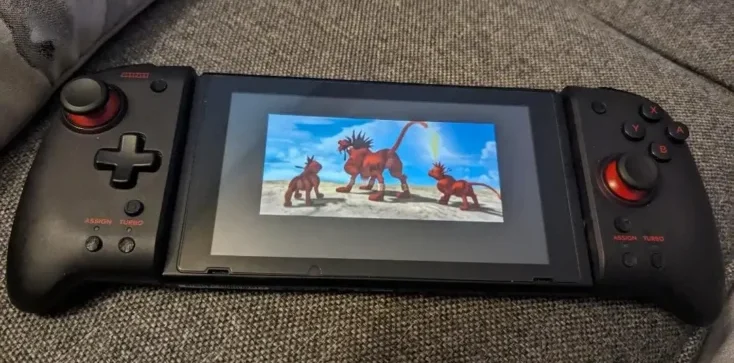
If I were a games reviewer back in the 90s reviewing Final Fantasy VII, I can’t see how I, or anyone else, could give this game anything other than a perfect 10.
Although hard maps to navigate and a lack of tutorials added to its tough difficulty, back then it was just the norm in gaming. It’s hard to see how a game like Final Fantasy VII could be made today, as a compelling story today gets cluttered with side content and collectables, or hand-holding that pushes the player towards the finish line, allowing them to move on to another game. This makes games these days much less memorable and doesn’t stand the test of time like games such as Final Fantasy VII do, which is why I will always recommend Final Fantasy VII to gamers, new or old.

